Israel this week demonstrated what it says is the capability to shoot down incoming threats with its “Iron Beam” laser air defense system.
In a 103-second video posted online Thursday, the Israeli Defense Force showcased what it claims is the system locking on and destroying rockets, mortars and a drone.

The Iron Beam is a trailer mounted system with a directed energy weapon. The slickly produced video, with a soundtrack, offers only a limited view of the entire system. Previously, Breaking Defense reported that Israel was developing a system firing “an electric 100-150 kW solid-state laser that will be capable of intercepting rockets and missiles.”
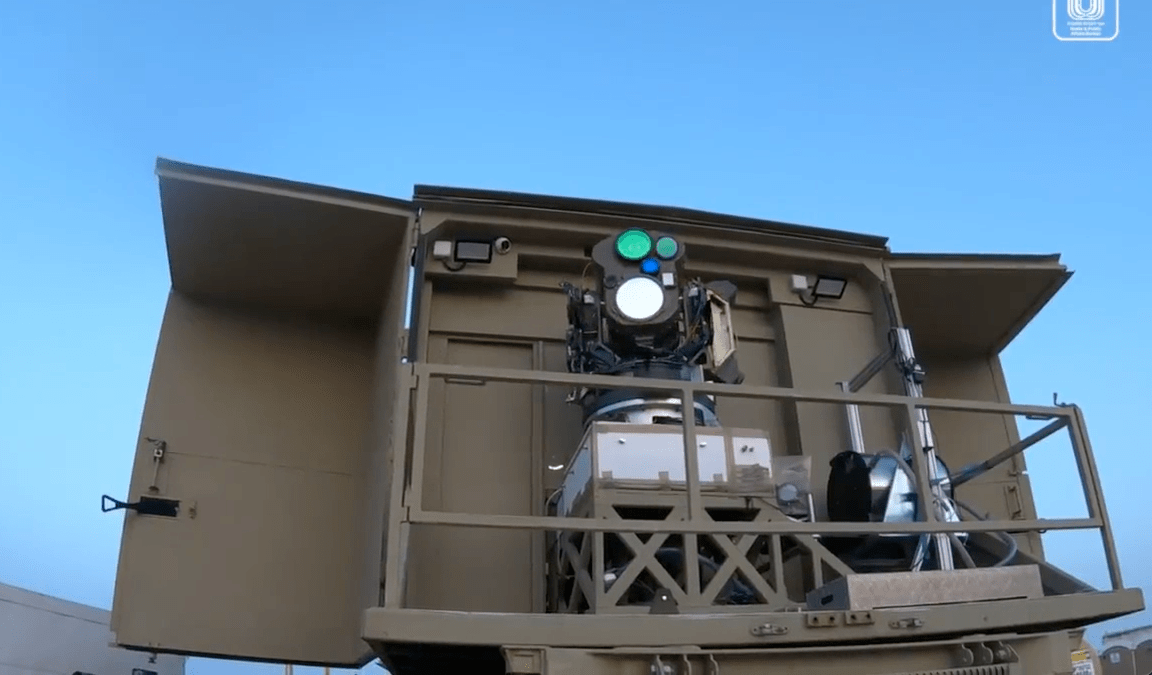
Israeli Brig. Gen. Yaniv Rotem said the tests were conducted at “challenging” ranges and timings,” according to the Times of Israel. “The use of a laser is a ‘game changer’ and the technology is simple to operate and proves to be economically viable,” he said.
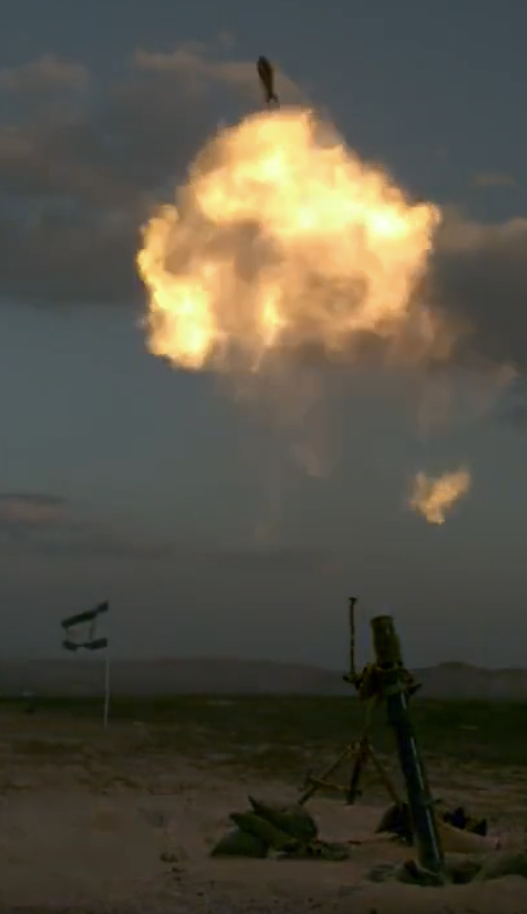
The demonstration, developed in a collaboration between Israeli defense contractors Mapat and Rafael, showcased the “interception of shrapnel, rockets, anti-tank missiles and unmanned aerial vehicles, in a variety of complex scenarios,” according to the Israeli Ministry of Defense. “Israel is one of the first countries in the world to succeed in developing powerful laser technology in operational standards and demonstrate interception in an operational scenario.”
Israeli Prime Minister Naftali Bennett was even more effusive about the Iron Beam.
“This is the world’s first energy-based weapons system that uses a laser to shoot down incoming UAVs, rockets & mortars at a cost of $3.50 per shot,” Bennett said in a Tweet Thursday. “It may sound like science fiction, but it’s real.”
Initially, Israel was looking to deploy the system in 2024, according to the Times of Israel. But its military pushed to move the timeline up out of concern that Israel’s current layered air defense system would run out of interceptor missiles for its Iron Dome and other systems.
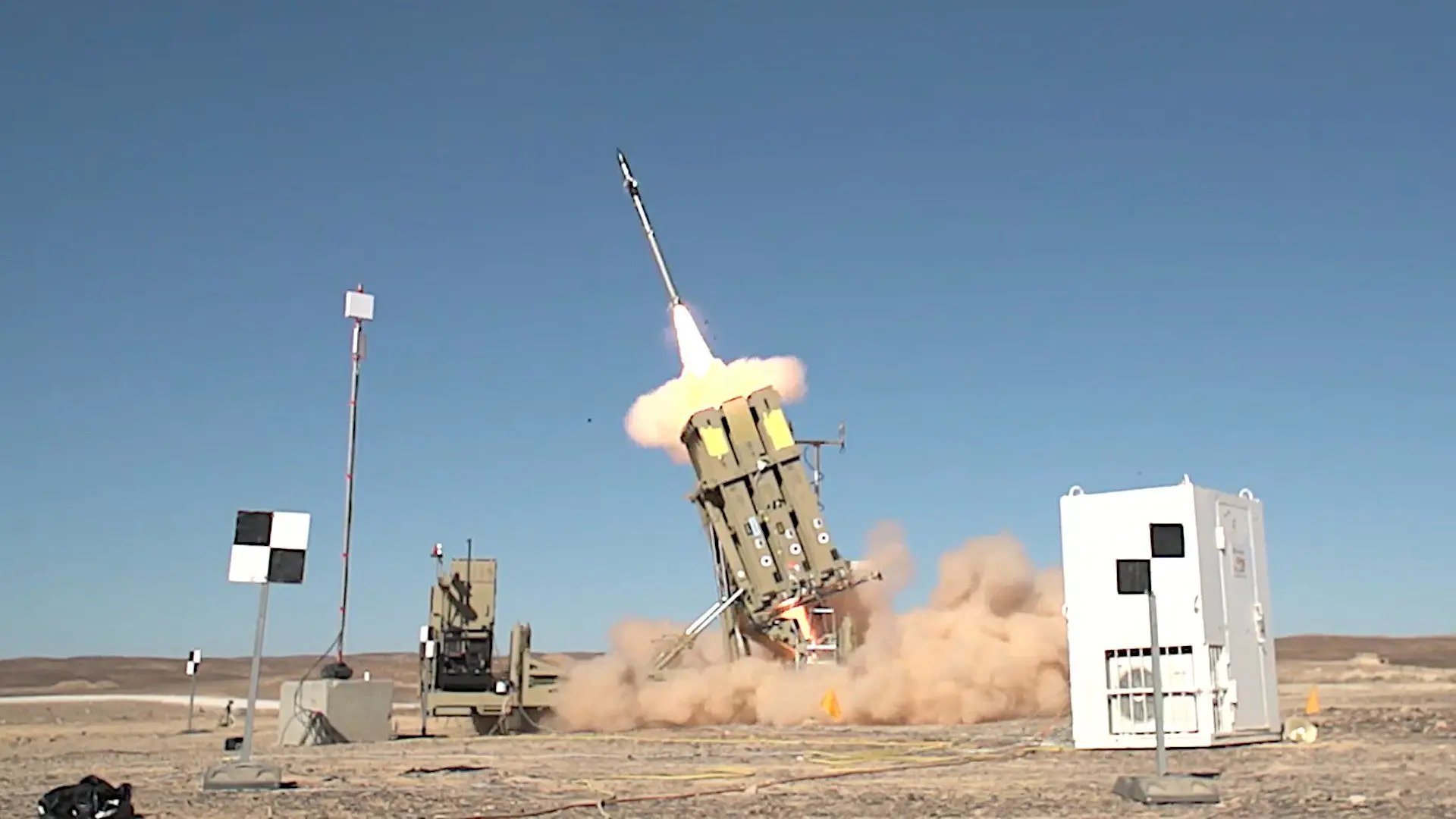
That’s a huge concern in Israel, which has used the Iron Dome and other systems to defend against rockets and drones from Gaza. It also faces the ever-present threat of drones and longer-ranged missiles fired from Lebanon by Hizballah and other Iranian proxies.

Hizballah is “believed to maintain an arsenal of some 130,000 rockets, missiles, and mortar shells, which the military believes would be used against Israel in a future war,” according to the Times of Israel.
Meanwhile, in Gaza, Hamas and the Palestinian Islamic Jihad “are also each believed to possess thousands of rockets and mortar shells, even after firing upwards of 4,000 projectiles at Israel during last year’s 11-day war,” the newspaper reported. The IDF has also said “they have seen a growing trend in Iranian use of drone attacks in recent years, dubbing it Iran’s “UAV terror.”
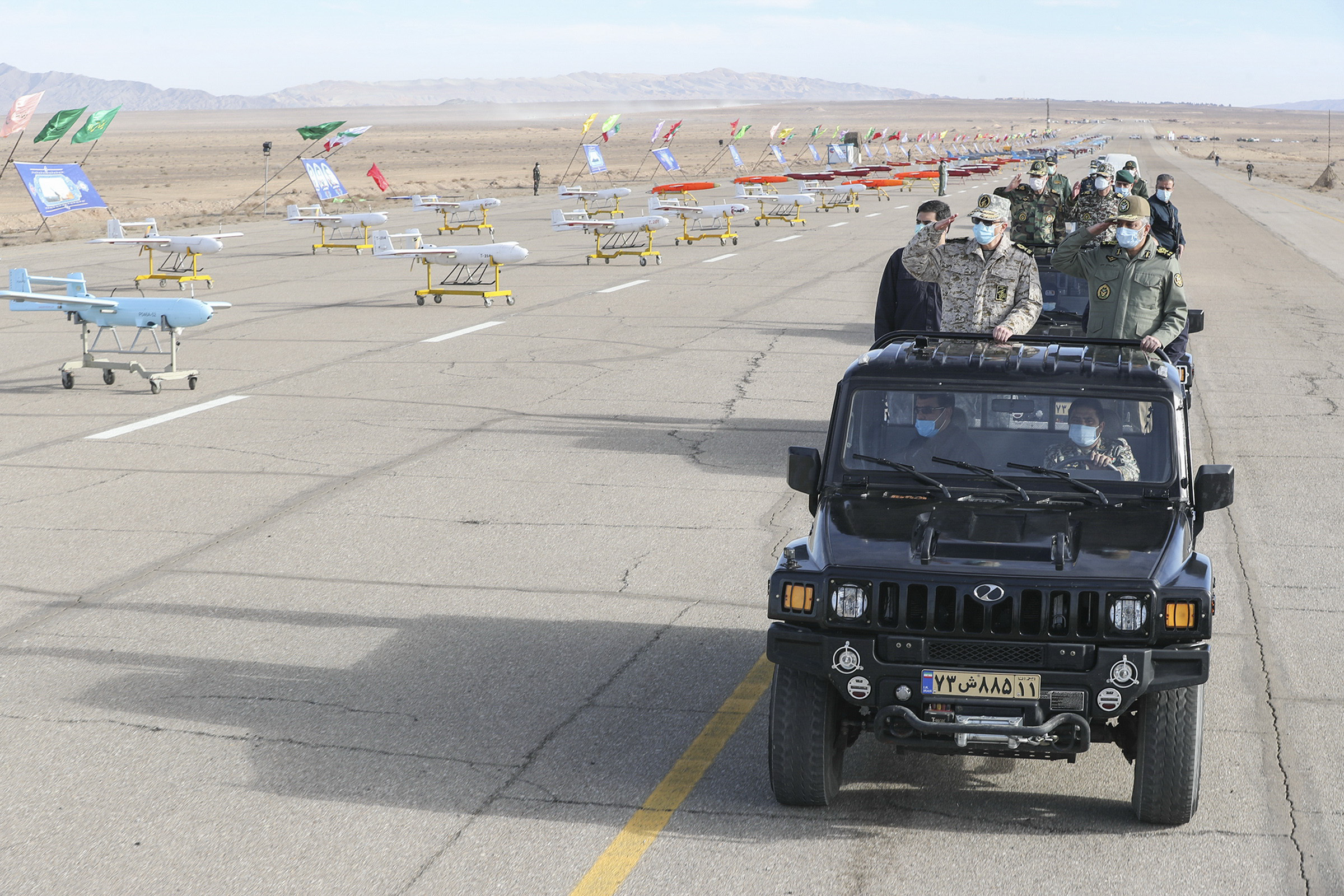
The concerns about projectile-based air defense systems have additionally been highlighted in Ukraine’s defense of Russia’s all-out assault. Ukraine’s collection of mostly Soviet-era air defense systems like the S-300 has been successful at keeping Russia from gaining air superiority. But concerns exist that the missiles they use are not in an endless supply. This is dramatically magnified when dealing with C-RAM (counter-rocket, artillery, mortar) and C-UAS (counter-unmanned aircraft system) applications, where hoards of these relatively cheap threats can overwhelm and deplete kinetic interceptors. Saudi Arabia is already dealing with this issue in its low-intensity conflict against Houthi rebels in Yemen. The cost per shot exchange rate is also hugely unbalanced, with even multi-million dollar Patriot missiles taking down drones that cost just thousands of dollars.
Directed energy systems will help even out this equation and even go further.
A year ago, Israel’s MOD announced the successful interception of several drones from a high-powered airborne laser weapon.
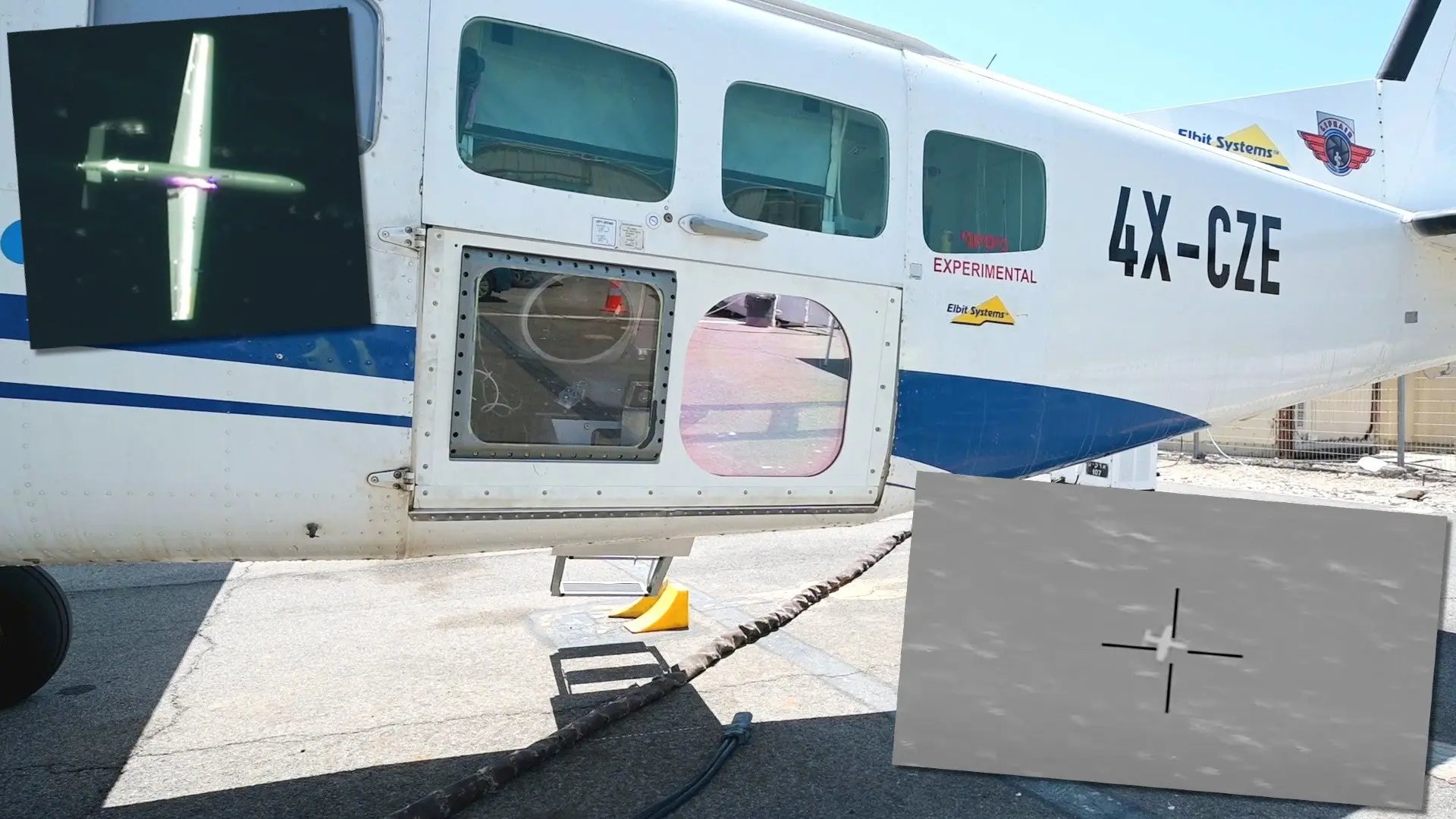
It was lauded as “a strategic change in the air defense capabilities of the State of Israel,” with the potential to boost Israel’s multi-layered integrated air defense system. You can read more about that test here.
The Iron Beam test comes as the U.S. Navy announced it too has demonstrated an enhanced ability to hit an airborne threat with a laser.
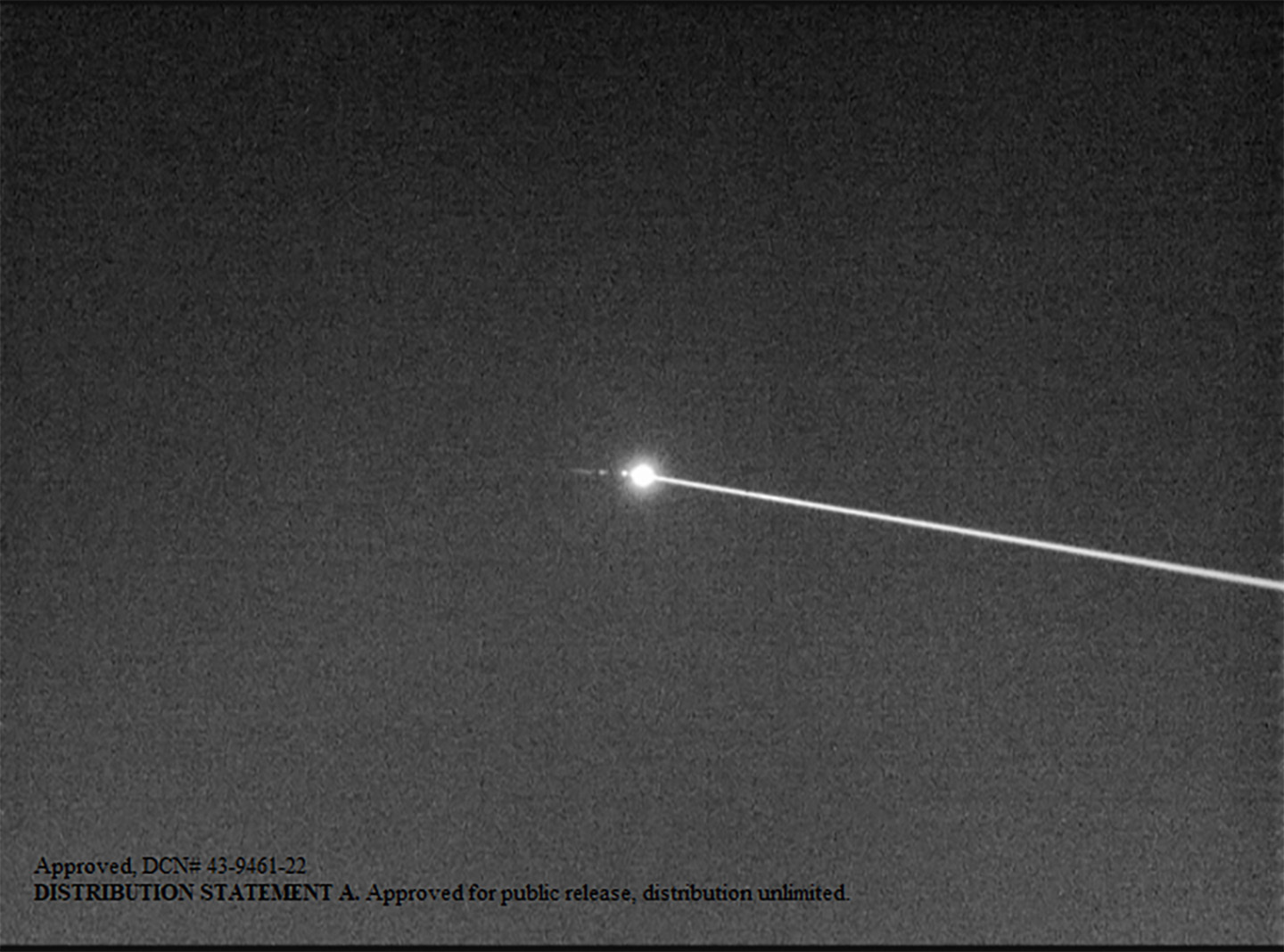
A February demonstration of the Layered Laser Defense system “marked the first time the U.S. Navy used an all-electric, high-energy laser weapon to defeat a target representing a subsonic cruise missile in flight,” according to a media release issued Wednesday.
The Layered Laser Defense weapon was designed and built by Lockheed Martin. The goal is “to serve as a multi-domain, multi-platform demonstration system.”
The Navy claims the LLD “can counter unmanned aerial systems and fast-attack boats with a high-power laser—and also use its high-resolution telescope to track in-bound air threats, support combat identification and conduct battle damage assessment of engaged targets.”
That Navy drone downing by the LLD was part of a recent test sponsored by the Office of Naval Research at the U.S. Army’s High Energy Laser Systems Test Facility at White Sands Missile Range in New Mexico.
“Innovative laser systems like the LLD have the potential to redefine the future of naval combat operations,” said Chief of Naval Research Rear Adm. Lorin C. Selby in the media release. “They present transformational capabilities to the fleet, address diverse threats, and provide precision engagements with a deep magazine to complement existing defensive systems and enhance sustained lethality in high-intensity conflict.”
Still, Iron Beam is meant to augment, not replace kinetic systems like the Iron Dome.
While expected to have a high initial price tag to field, the benefit, say the Israelis, is that the cost to repel threats will then be minimal. And reduce concerns that an incoming barrage will deplete the interceptor missile reserves.
But there is another concern, Israel acknowledges.
Laser systems don’t function as well in heavy cloud cover and other inclement weather, Israel’s MOD said at the time.
“We can only shoot down with a laser what we can see,” Rotem told the Times of Israel last year.
This, as well as a number of limitations, which you can read all about here, still restrict what lasers can do on the battlefield. But augmenting Iron Dome alone and providing infinite magazine depth, is certainly a major achievement that will enhance Israel’s resilience against the growing threat from rockets and drones.
Contact the author: Howard@thewarzone.com
